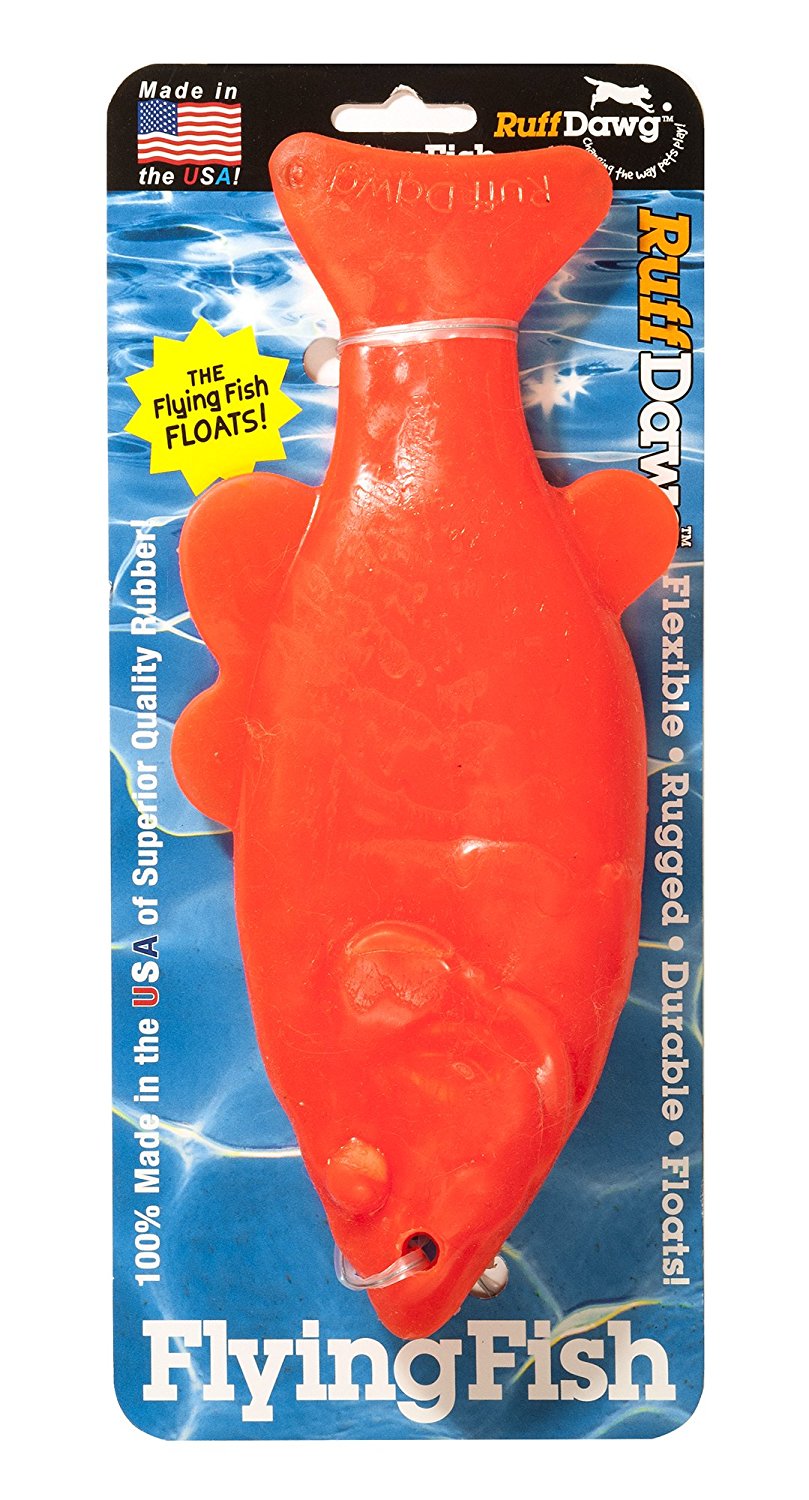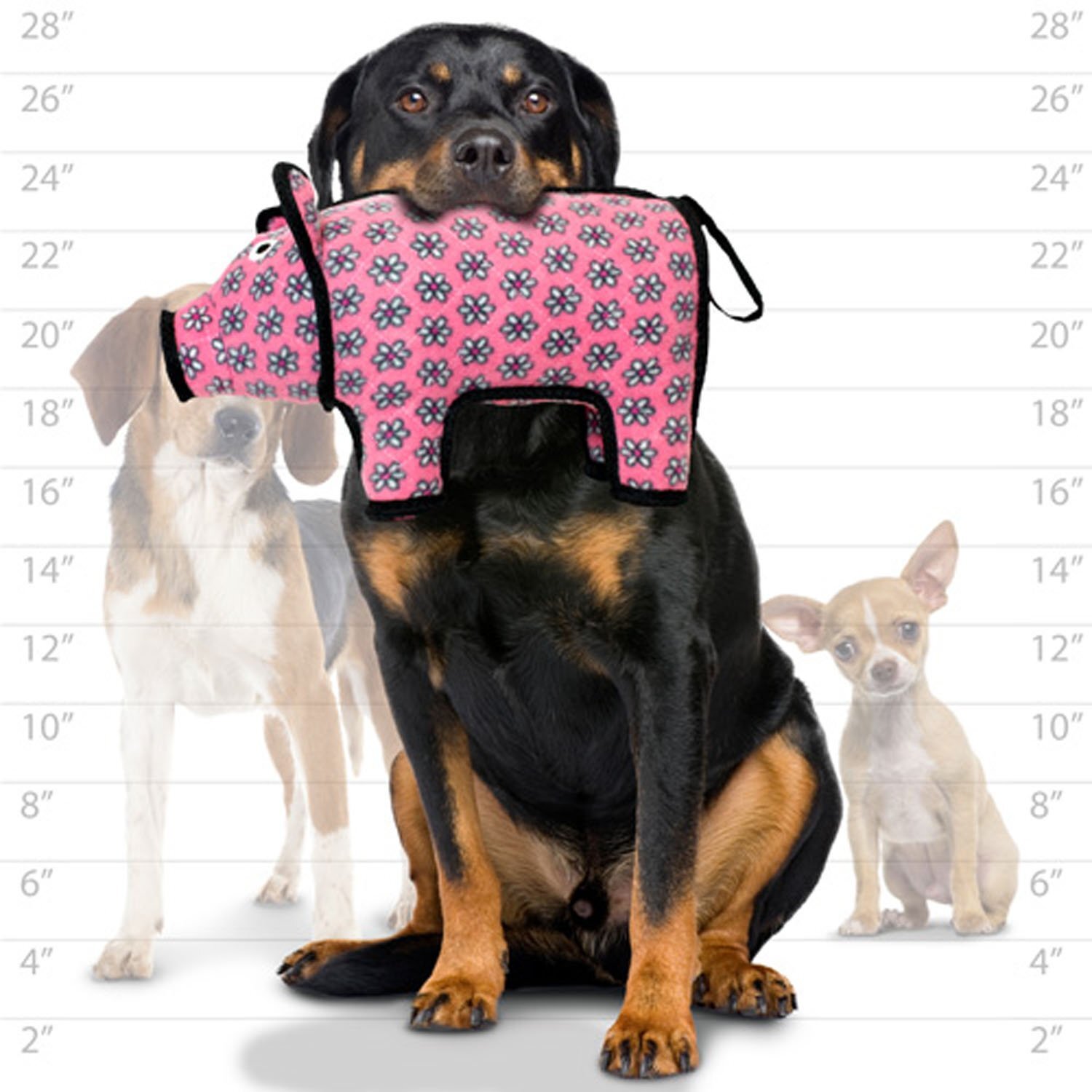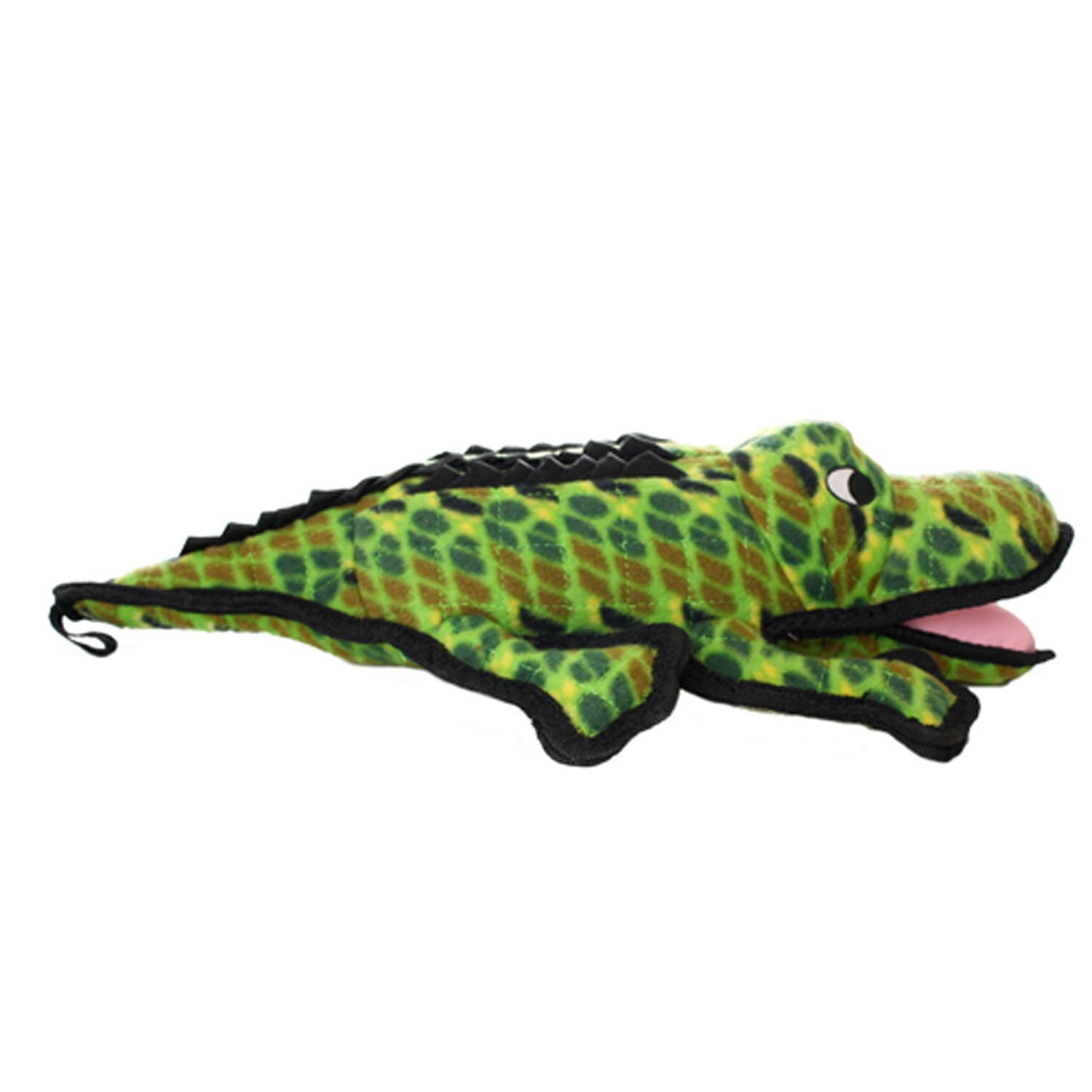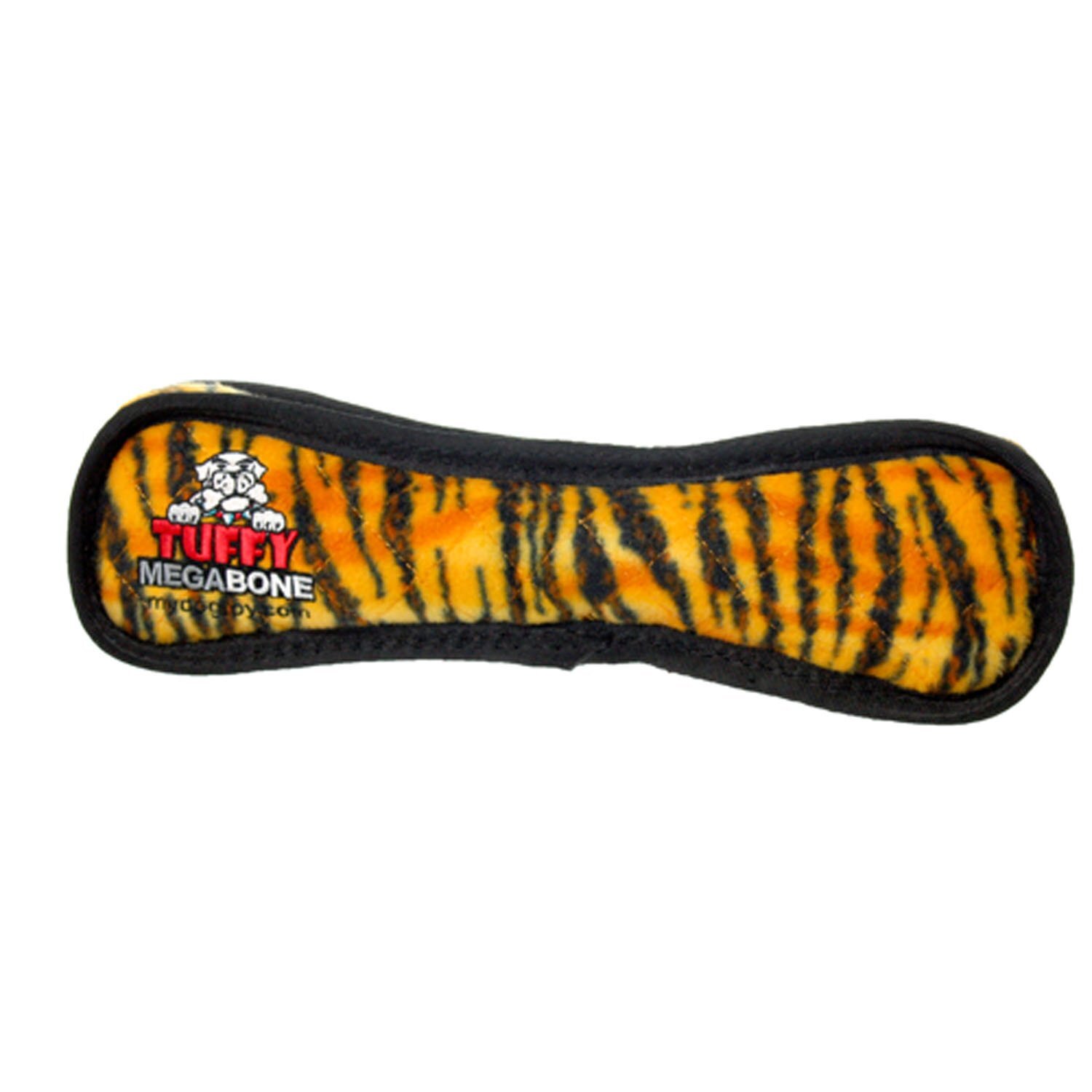sporting & Gun Dogs
Retrievers, Setters, Pointers, & Spaniels
Start early training with retrieving a cylindrical shape toy. The cylindrical shaped toy will stay in place when thrown and it encourages a better holding and release behavior when asked. Since retrieving contains an element of chasing which most dogs love to do, we will not want to strengthen this behavior without putting some controls on this behavior. We want to make chasing permission based, and add brakes on the behavior by teaching the puppy to come back to us even when he is chasing something. Ideally we want to teach this by 16-weeks.
To learn how to train guarding breeds get a copy of "The Dog Vinci Code" and follow the guidance in Chapter 9, "Training Specific Breeds", "Gun Dogs".
Once a dog will retrieve a smaller item I will often work them up to a large heavier toy. Carrying the larger firm stuffed toys is more work and will tire them quicker. These are not chew toys. They are for fetch games.
Chasing is something most dogs love to do so it’s best to channel that behavior onto an appropriate toy and not cats, rabbits, squirrels, or deer, etc... Genetics and previous learning gives opportunities for the chasing instinct to develop, but the environment we establish gives the dog the opportunities to practice this behavior. How does the dog perceive their role within the environment and what are the dog’s expectations of how to act? Dogs need to learn self-control and self-modulation before they are free from restraint and restricted access just as in housetraining. So first we need to remove the possibility that the dog can chase cats, rats, rabbits, deer, etc. Remove the practice!
With a high prey drive dog the focus should be on putting those instincts under our control. The question is, has the dog’s exercise and training been designed to put those instincts under our control? Or has the training been designed to make sure those instincts are completely out of our control? When we structure activities like chasing things we often do so with the purpose of directing that behavior onto appropriate things which can be great. In reality we often are strengthening that behavior making it completely out of our control. We want to make chasing permission based.
Flirt poles can be a great part of the training. But when using it make the chasing permission based. This must be done in small steps over a period of time. I trained my dogs to stay in a spot while I walked to the other side of the park (300’) all the while having the toy scamper along the ground like a squirrel. The dogs were given a release command (permission) to sprint to the other end of the park to engage in chase.
We also want to add brakes on the behavior by teaching dogs a recall off chase, and a running wait/emergency stop or as I like to call it “stop-on-a-dime”. Additional training should focus on a free running recall, and a recall with a “leave-it” distraction. Ideally we want to teach this by 16-weeks but the majority of dogs never were taught these lessons so it will take more management and time to be successful.
Do not overdo it with young dogs since they are still growing and vulnerable to injury. Check with your veterinarian for guidance.
I also like fetch games but we also incorporate permission based chase. Choose toys based the training and breed type of the dog. https://www.homeskooling4dogs.com/breed-specific-dog-toys
Your trainer should be able to help you structure fun games for you and your dog to help put those instincts under your control. (Without an e-collar!)







































